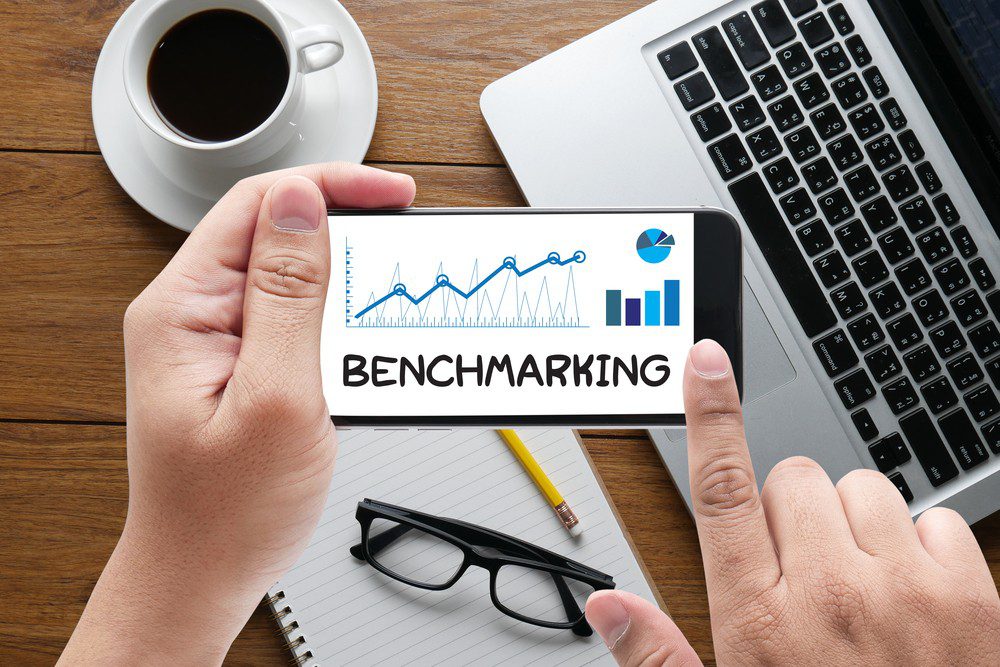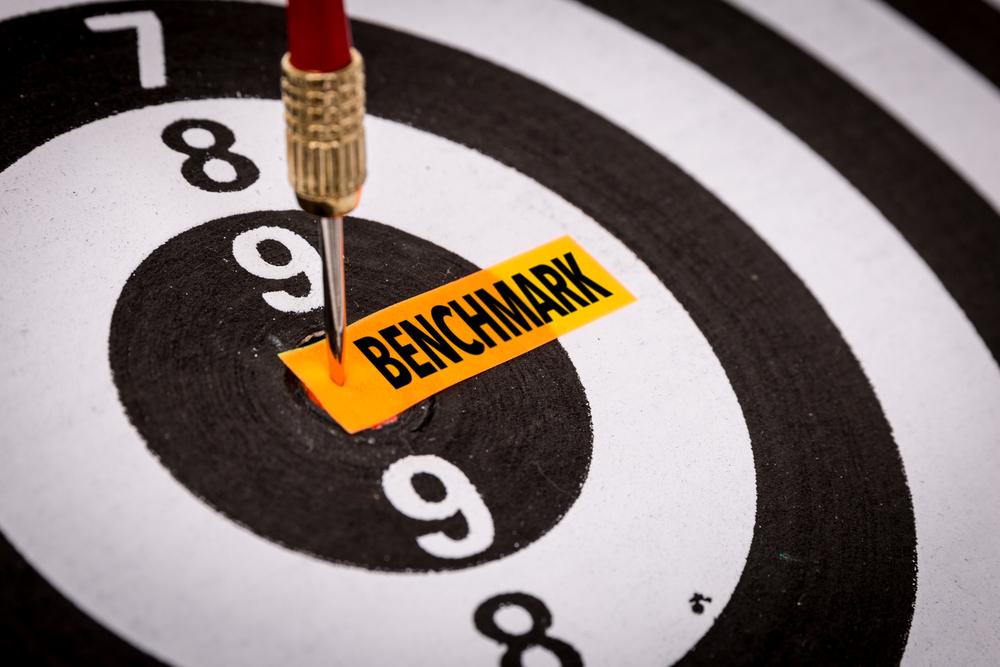Are you considering investing in sustainable energy solutions for your building? Or do you need to reduce the amount of power it’s using and manage its associated costs? If so, benchmarking may be just the tool for you. Energy benchmarking is a way to track and compare your buildings’ energy usage—and are even mandated by law here in New York City! In this blog post, we explore the ins and outs of energy benchmarking: what it means, how to use it effectively, and some inspiring stories from businesses around NYC leading by example. Read on if you want to join them – get started with understanding what energy benchmarking is all about today!
What Is NYC Benchmarking?
NYC Benchmarking is an energy efficiency standard set by the City of New York for energy and water consumption for large buildings. Building owners are required to annually track energy and water usage in their properties, submit this data to a recognized energy tracking platform, and receive an energy efficiency grade that measures energy performance relative to other buildings in New York City.
This allows owners to observe energy usage trends over time and make modifications as needed to improve energy efficiency and save money on energy bills while inspiring positive behavior changes that lead to a healthier environment. NYC Benchmarking provides building owners with valuable insights into their energy performance in order to promote energy savings and lessen our carbon emissions.
How To Comply With NYC Energy Benchmarking
Complying with NYC energy benchmarking requirements is an effective way to improve energy performance, save energy and money, and increase the energy efficiency of your building. Every building in the city must have a current energy efficiency score based on energy use metrics like energy and water use, HVAC systems, etc., as well as a relative Energy Efficiency Score indicating energy usage relative to similar buildings in NYC.
To calculate your energy efficiency score, use the energy benchmarking tool to input energy data from your utility bills for 12 consecutive months. Once you’ve completed the input process for one year of data, you will receive a report demonstrating which areas need improvement and how much those improvements could save you in energy costs. With this report as your guide, you’re ready to start optimizing your energy efficient building design to help meet compliance requirements and maximize cost savings.
Requirements For NYC Energy Benchmarking?
New York City’s energy benchmarking requirements mandate that energy consumption and energy efficiency scores of certain buildings must be tracked using Energy Star Portfolio Manager. Owners and tenants must track their energy consumption usage in the building throughout the year, allowing them to understand their energy usage and identify potential savings through energy efficiency initiatives.
By regularly monitoring energy consumption, owners are empowered with data-driven insights that can inform decisions around energy efficiency strategies with tangible performance metrics to measure success. While energy benchmarking can often reveal opportunities to improve energy efficiency, NYC’s energy benchmarking requirements help drive accountability from stakeholders across the city and actively seek measurable change for a more sustainable future.
The ins and outs of energy benchmarking in New York City
New York City has an intricate and active building energy efficiency system in place to improve the energy performance of its public and private sector structures. This system, called energy benchmarking, helps building owners understand how much energy their building uses and incentivizes them to reduce emissions by creating an opportunity to compare building data with a standard group of similar buildings.
Through this process, building owners can identify building systems that are inefficient or not operating as intended. Implementation of these improvements is essential for success under the city’s Energy Star program. This program further encourages building owners to reach annual energy efficiency by performing an energy audit. With improved building performance, building owners have experienced positive economic outcomes in addition to helping reduce New York City’s impact on climate change.
Deadline For New York City Benchmarking Report
Meeting the July 1st deadline for New York City’s annual Benchmarking Report may be a challenge this year, but the city is ready to rise to the task. The report measures energy and water performance of buildings 50,000 square feet or larger.
This data helps New York City engage with tenants and owners about energy efficiency and conservation projects to help reduce their environmental footprint. Fortunately, meeting the deadline doesn’t necessarily require working late – convenient online tools make it easier to collect and submit data on time. With a little work, the Benchmarking Report can be completed on schedule!
Benefits Of NYC Benchmarking Report

Here are the benefits of the NYC benchmarking report:
1. Understand how your building performs compared to the local market: The benchmarking report provides an overview of how your property’s energy and water performance measures up against similar buildings nearby. This can help you determine if it is performing as expected, or if there are areas where further improvement is needed.
2. Identify potential savings opportunities: By comparing your building’s performance against similar buildings, you may be able to identify areas in which your property can reduce its energy and water use, thereby reducing operating costs.
3. Keep track of changes over time: The benchmarking report allows you to track changes in your property’s energy and water performance over time, so that you can see how your building is performing compared to similar buildings in the local market.
4. Demonstrate your commitment to sustainability: Benchmarking reports are a great way for owners and developers to demonstrate their commitment to sustainability by publicly disclosing their energy and water performance. This provides transparency and sets an example of best practices for other buildings in the area.
5. Meet local and regulatory requirements: Many cities, including New York City, have implemented benchmarking laws which require building owners to disclose their energy and water data annually. By using a NYC benchmarking report, you can ensure that your property meets all of the local and regulatory requirements.
6. Access expert advice: By working with experienced professionals, you can access expert advice and guidance on how to improve your building’s energy and water performance. This can help you identify cost-effective measures that will have a positive environmental impact and lower operating costs.
7. Improve tenant satisfaction: By improving your building’s energy and water performance, you can create a healthier and more comfortable environment for tenants. This can lead to increased satisfaction and loyalty among tenants, resulting in higher occupancy levels for your building.
8. Enhance the value of your property: By taking steps to improve your building’s energy and water performance, you can enhance its marketability, attract new investment, and increase the overall value of your property.
Overall, a NYC benchmarking report can be an invaluable tool for building owners, developers, and tenants alike. By providing an overview of how your property is performing compared to similar buildings in the local market, you can identify potential savings opportunities and access expert advice on how to make improvements that will benefit both the environment and your bottom line.
Step-By-Step Guide To NYC Energy Benchmarking
Understanding energy benchmarking for NYC buildings is essential for any energy audit! The process can seem intimidating, but it doesn’t have to be. If you break it down into a few simple steps, you’ll have the data and information that you need in no time. First, gather all necessary documents and check the building’s utility meter, which will provide essential energy usage history statistics.
Second, register your building online with the EPA’s ENERGY STAR Portfolio Manager in order to participate in the benchmarking process. Third, enter all available data into Portfolio Manager, which will generate two important documents: a Building Summary Report and an Energy Performance Score.
Finally, use both documents to understand current levels of energy efficiency and measure improvement over time. With these easy steps, understanding NYC Energy Benchmarking is just around the corner!
Why is New York City Energy Benchmarking Important?
New York City energy benchmarking is a critical step in improving environmental sustainability. It provides crucial data on the consumption levels of electricity and other energy resources across multiple buildings within the city. This helps identify structures with high electrical consumption and overall inefficiencies.
Having access to this information empowers NYC to create tailored strategies that reduce carbon footprints, reduce utility bills, and decrease potential detrimental impacts to the environment. Additionally, benchmarking allows for communities to make informed decisions when implementing new regulations or engaging in sustainability initiatives. With New York City’s commitment to becoming more eco-friendly and efficient, energy benchmarking is an essential step toward attaining those goals.
Tips For Complying With NYC Energy Benchmarking

Here are some tips for complying with NYC energy Benchmarking:
1. Take inventory of energy use: Know how much energy your building consumes by benchmarking it against similar buildings in the area using EPA’s Portfolio Manager tool. This will allow you to track and compare your building’s performance over time, identify potential inefficiencies, and set goals for improvement.
2. Analyze data and set goals: Analyze your identified inefficiencies and develop a plan to address them. Set realistic goals for improving energy efficiency and consider using an Energy Management System (EMS) to monitor, manage, and analyze the data.
3. Implement energy efficient measures: Invest in energy-efficient improvements such as lighting retrofits, HVAC upgrades, insulation, and other energy efficiency measures. Be sure to analyze their return on investment (ROI) before investing.
4. Engage and educate tenants: Encourage tenants to reduce their own energy use by providing tips and resources for conservation. Educate them about the building’s sustainability goals and how they can help meet them.
5. Monitor performance: Continually monitor your building’s energy use and strive to improve efficiency. Track progress with regular benchmarking reports, and use the data to inform future investments and improvements in energy efficiency.
Conclusion
Energy benchmarking is a great way to save money and energy in NYC. If you own a property or run a business in New York City, you should definitely consider energy benchmarking. It’s easy to do and it could save you a lot of money in the long run.

